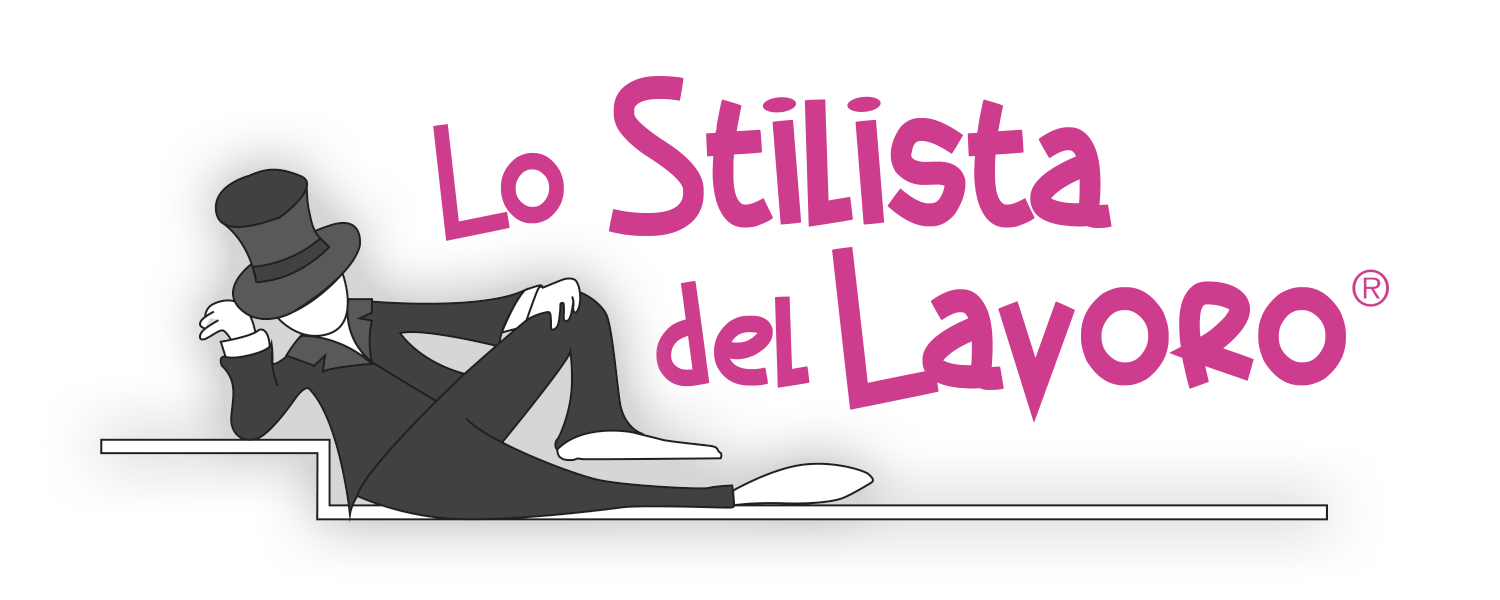Content

A stock dividend is recorded as a reduction in retained earnings and an increase in contributed capital. However, stock dividends have no immediate impact on the financial condition of either the company or its stockholders.
- Whether you issue dividends monthly or choose to only issue dividends following a strong fiscal period, you’ll need to record the transaction.
- Dividends can provide stable income and raise morale among shareholders.
- The money used to pay dividends comes directly from the income of a company.
- With that said, many companies earn enough cash to regularly provide shareholders with dividends.
- Therefore, cash dividends reduce both the Retained Earnings and Cash account balances.
Producer cooperatives, such as worker cooperatives, allocate dividends according to their members’ contribution, such as the hours they worked or their salary. Hearst Newspapers participates in various affiliate marketing programs, which means we may get paid commissions on editorially chosen products purchased through our links to retailer sites. Please complete this reCAPTCHA to demonstrate that it’s you making the requests and not a robot. If you are having trouble seeing or completing this challenge, this page may help.
Does The Dividend Amount Matter?
Instead of the bank account, the “Payment Type Account” is used as the offset to all journal entries on the Receipts screen. If you want to repeat the previous line’s Invoice/Ref# entry, right-click in the Invoice/Ref # column and select Repeat Previous Value. A patronage dividend is a taxable distribution made by a cooperative to its members or patrons. Dividend income is often a combination of a cash receipt income and a non- cash portion that increases the stock asset.

Note that dividends are distributed or paid only to shares of stock that are outstanding. Treasury shares are not outstanding, so no dividends are declared or distributed for these shares.
How Are Dividends Paid?
For the joint-stock company, paying dividends is not an expense; rather, it is the division of after-tax profits among shareholders. Retained dividends in accounting earnings are shown in the shareholders’ equity section on the company’s balance sheet – the same as its issued share capital.
The Dividend Kings List is even more exclusive than the Dividend Aristocrats. It is comprised of 38 stocks with 50+ years of consecutive dividend increases. In this situation, the date the liability will be recorded in XYZ Company’s books is March 1 – the date of the Board’s original declaration. The subsequent distribution will reduce the Common Stock Dividends Distributable account with a debit and increase the Common Stock account with a credit for the $9,000. Book closure date — when a company announces a dividend, it will also announce the date on which the company will temporarily close its books for share transfers, which is also usually the record date. Dividend Kings of 2022 These S&P 500 companies have increased their dividends for 50 consecutive years. Additionally, since earnings vary for years, sometimes distributions tend to be of meagre amounts, putting off investors.
Important Dates For Dividend
If you are not sure how to move this value to your profit and loss, you may want to speak to your accountant about which nominal code to use. Sue-Lynn Carty has over five years experience as both a freelance writer and editor, and her work has appeared on the websites Work.com and LoveToKnow.
- For example, AT&T has been making such distributions for several years, with its 2021 third-quarter issue set at $2.08 per share.
- Being a professional blogger I like to share my knowledge regarding accounting, finance, investing,bonds and other related topics.
- This is the date that dividend payments are prepared and sent to shareholders who owned stock on the date of record.
- This date is called thedate of paymentand usually follows the date of record by enough time for the company to arrange checks and payments for shareholders.
- Regardless of the type of dividend, the declaration always causes a decrease in the retained earnings account.
- The increase in the number of outstanding shares does not dilute the value of the shares held by the existing shareholders.
Companies may still make dividend payments even when they don’t make suitable profits to maintain their established track record of distributions. The board of directors establishes the date of record; it determines which stockholders receive dividends. The corporation’s records (the stockholders’ ledger) determine its stockholders as of the date of record.
Chapter 10: Stockholders’ Equity, Earnings And Dividends
The board of directors is responsible for decisions related to profit distribution, which occurs in consent with major stakeholders. When providing cash dividends, a company goes through two phases that each affect the balance sheet in different ways. From the point that a company declares dividends, they record it in the books as a liability on the balance sheet. This liability remains on the books only until they pay the dividend, at which point they reverse the liability record.
To calculate the amount of the drop, the traditional method is to view the financial effects of the dividend from the perspective of the company. Since the company has paid say £x in dividends per share out of its https://www.bookstime.com/ cash account on the left hand side of the balance sheet, the equity account on the right side should decrease an equivalent amount. This means that a £x dividend should result in a £x drop in the share price.

Both portions are taxable and increase an income account, but only the cash portion affects the bank account. The cash and non- cash portions can be entered in one simple transaction. At last, the dividend is paid to the stockholders according to their shares in the business. Generally Accepted Accounting Procedures–or GAAP, which is required for any public company and a good practice for private companies–means recording the dividend when it is incurred. Basically, GAAP is telling everyone that once dividends are declared, instantly the money is owed.
The Accounting Treatment Of Dividends
Those dates simply allow Hurley to identify the owners to whom the dividend will be paid. To see the effects on the balance sheet, it is helpful to compare the stockholders’ equity section of the balance sheet before and after the small stock dividend. Consumers’ cooperatives allocate dividends according to their members’ trade with the co-op. For example, a credit union will pay a dividend to represent interest on a saver’s deposit. A retail co-op store chain may return a percentage of a member’s purchases from the co-op, in the form of cash, store credit, or equity.
In the first Account field, select the income account for Stock Dividends. In the Amount field on the same line, specify the total amount of dividends received . The company earns profits, and the profits are transferred to retained earnings. This type of dividend is generally applied in context to the holders of cumulative preference shares. Whether you follow GAAP or use cash-basis accounting, you can make sure your financial reports are accurate with proper dividend reporting. Whether you issue dividends monthly or choose to only issue dividends following a strong fiscal period, you’ll need to record the transaction. Is the date that payment is issued to the investor for the amount of the dividend declared.
How To Calculate Dividends From The Balance Sheet And Income Statement
Is the date on which the dividends become a legal liability, the date on which the board of directors votes to distribute the dividends. Cash and property dividends become liabilities on the declaration date because they represent a formal obligation to distribute economic resources to stockholders. On the other hand, stock dividends distribute additional shares of stock, and because stock is part of equity and not an asset, stock dividends do not become liabilities when declared. A dividend is a distribution of profits by a corporation to its shareholders. When a corporation earns a profit or surplus, it is able to pay a proportion of the profit as a dividend to shareholders. Any amount not distributed is taken to be re-invested in the business .
A cash dividend primarily impacts the cash and shareholder equity accounts. There is no separate balance sheet account for dividends after they are paid. However, after the dividend declaration but before actual payment, the company records a liability to shareholders in the dividends payable account.
Funds may also issue regular dividend payments as stated in their investment objectives. Common shareholders of dividend-paying companies are eligible to receive a distribution as long as they own the stock before the ex-dividend date. Once a dividend is paid, the company is worth less, since it has just paid out part of its cash reserves. This means that the price of the stock should fall immediately after dividends have been paid. This may not be the case if the proportion of total assets paid out as a dividend is small.
The stock dividend has the advantage of rewarding shareholders without reducing the company’s cash balance. Dividends are rewards paid to the shareholders of a company typically out financial earnings. Usually, preferred stockholder who have no voting rights hold a greater priority to receive them than the common stockholders who have the voting rights. Make payments to all shareholders who owned qualifying stock on the payment date ratified by the company board. After making payments, update the dividend payable account by removing the liability from the records to show that you have settled the dividend. After the company pays the dividend to shareholders, the dividends payable account is reversed and debited for $500,000. The cash and cash equivalent account is also reduced for the same amount through a credit entry of $500,000.
Firms can pay dividends in periods in which they incurred losses, provided retained earnings and the cash position justify the dividend. And in some states, companies can declare dividends from current earnings despite an accumulated deficit. The financial advisability of declaring a dividend depends on the cash position of the corporation. Noncumulative preferred stock is preferred stock on which the right to receive a dividend expires whenever the dividend is not declared.
In addition, corporations use dividends as a marketing tool to remind investors that their stock is a profit generator. Generally, a capital gain occurs where a capital asset is sold for an amount greater than the amount of its cost at the time the investment was purchased. A dividend is a parsing out a share of the profits, and is taxed at the dividend tax rate. If there is an increase of value of stock, and a shareholder chooses to sell the stock, the shareholder will pay a tax on capital gains .
How Do Dividends Work?
A stock split is much like a large stock dividend in that both are large enough to cause a change in the market price of the stock. Additionally, the split indicates that share value has been increasing, suggesting growth is likely to continue and result in further increase in demand and value. In the case of mutual insurance, for example, in the United States, a distribution of profits to holders of participating life policies is called a dividend. Declaration date — the day the board of directors announces its intention to pay a dividend. On that day, a liability is created and the company records that liability on its books; it now owes the money to the shareholders. Financial assets with known market value can be distributed as dividends; warrants are sometimes distributed in this way.
